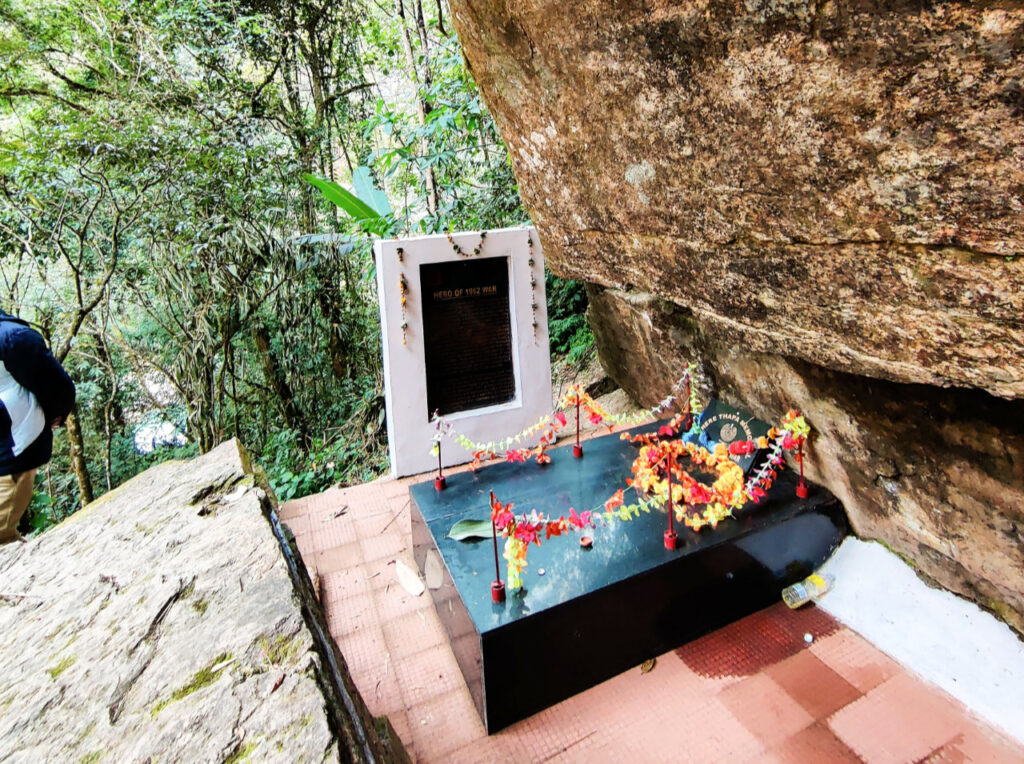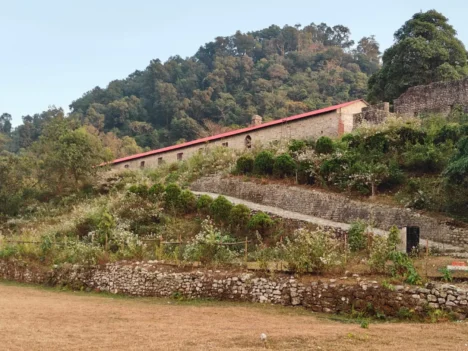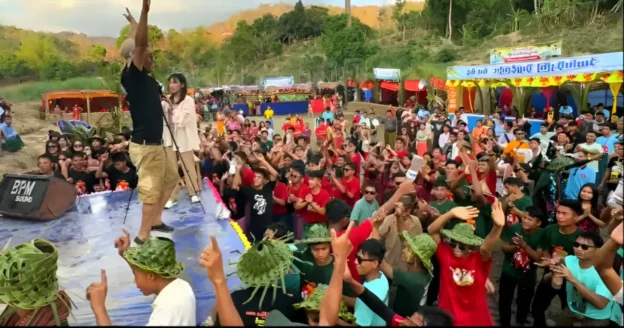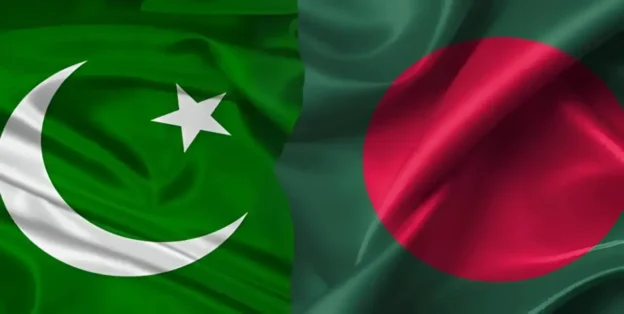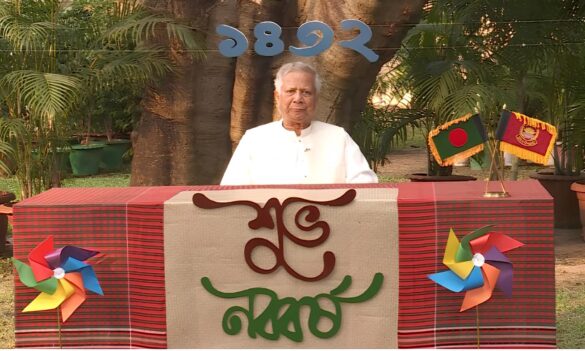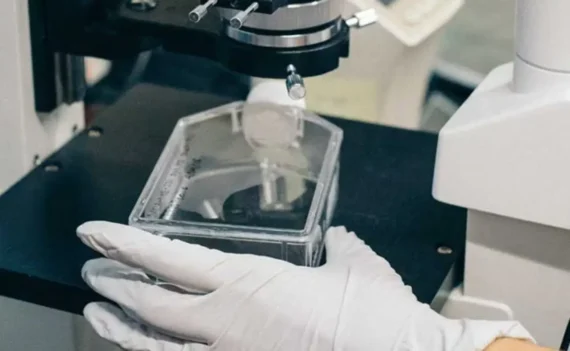Revisiting the Martyrs of the Sino-Indian War: The Need of A Structured Tour of Scattered Memorials
While travelling through the hilly terrains of Arunachal Pradesh, especially while commuting to the Indo-China border areas, one comes across many memorials of martyred soldiers scattered along the road. Some are memorial plaques, others might be small temples or even the bust of the dead in some cases to commemorate their sacrifices for the motherland. It is awe-inspiring to reflect how most of these brave hearts, hailing from different states of India, have laid their lives in these remote areas of northeast India, far off from their families and loved ones. Some have lost their lives in major road accidents- as most areas still do not have proper roads, but just a narrow passageway being cut on the hillside for vehicles; a slight slip and vehicle often falls into the ditch or even below to the gushing river. However, the more elaborate memorials and epitaphs are of those gallant heroes who have died while battling the Chinese army in the Sino-Indian War of 1962.
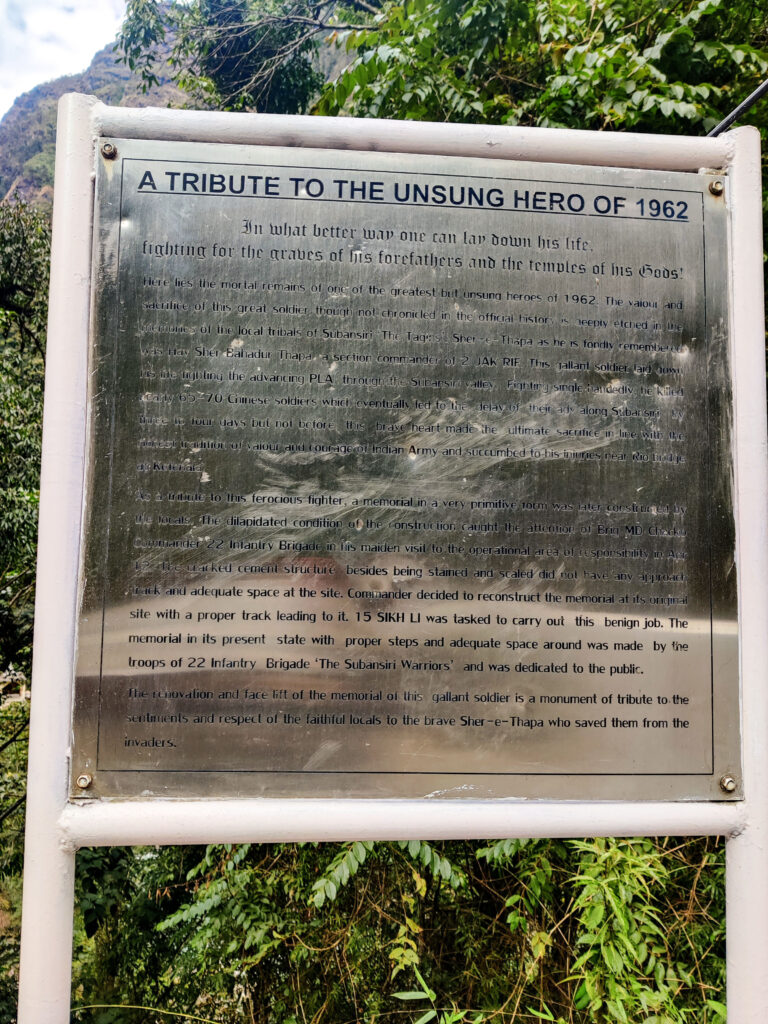
Numerous reports and books have been written about the Chinese invasion and the sacrifices made by the Indians. But it is when stopping on such memorials at unexpected bents of the road that the reality of 10,000-20,000 troops of the unprepared Indian army fighting back 80,000 Chinese sinks in. What gallantry these soldiers must have showcased in front of the enemy!
When the enemy erects a memorial
A mere quarter hour journey from Limeking towards the confluence of the Tsari Chu and Subansiri rivers lies the Rio bridge in the Upper Subansiri district of Arunachal Pradesh.Standing tall before reaching the bridge is the memorial of Havildar Shere Thapa, a bust of the unsung hero, which was finally unveiled by Chief Minister Pema Khandu in January 2022 as 60 years after the Centre overlooked his bravery.
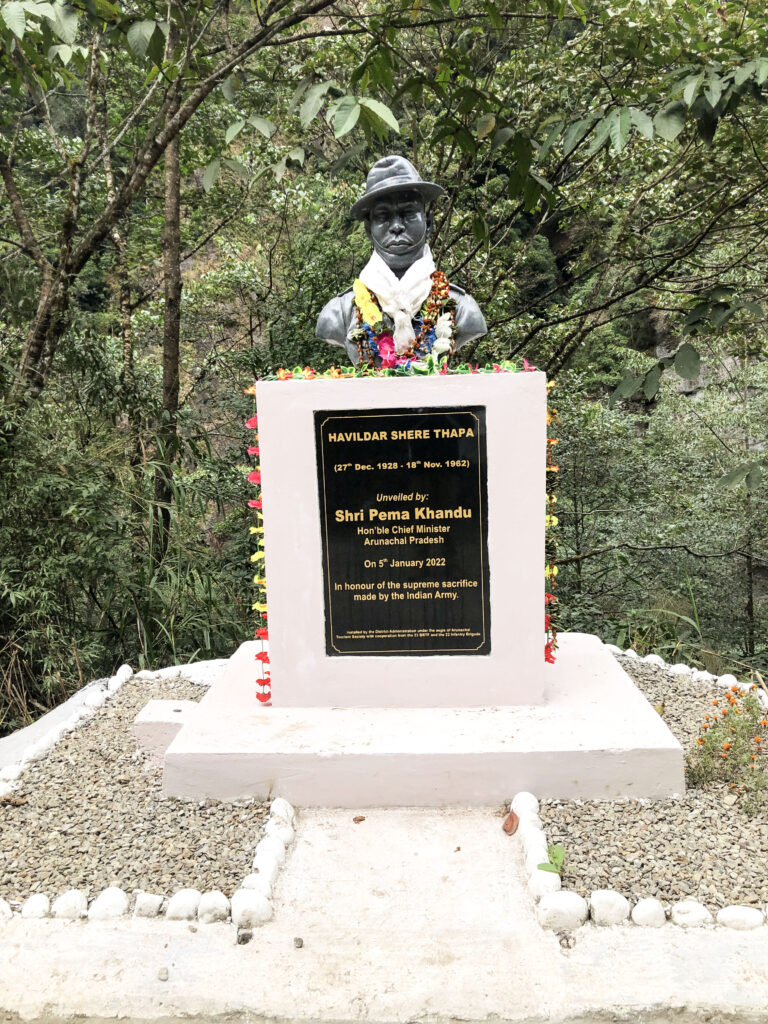
A steep staircase, nestled beside the memorial plaque on the road, invites you to the actual memorial site down below the Subansiri. It is at this very spot where the brave soldier of the 2nd battalion of Jammu & Kashmir Rifles had been martyred. The epitaph reads, “Even the Chinese recognised his bravery, they buried his body on the spot (where the memorial stone is) and kept a wooden epitaph near his body with an inscription in Chinese script appreciating the fighting qualities of Shere Thapa”.
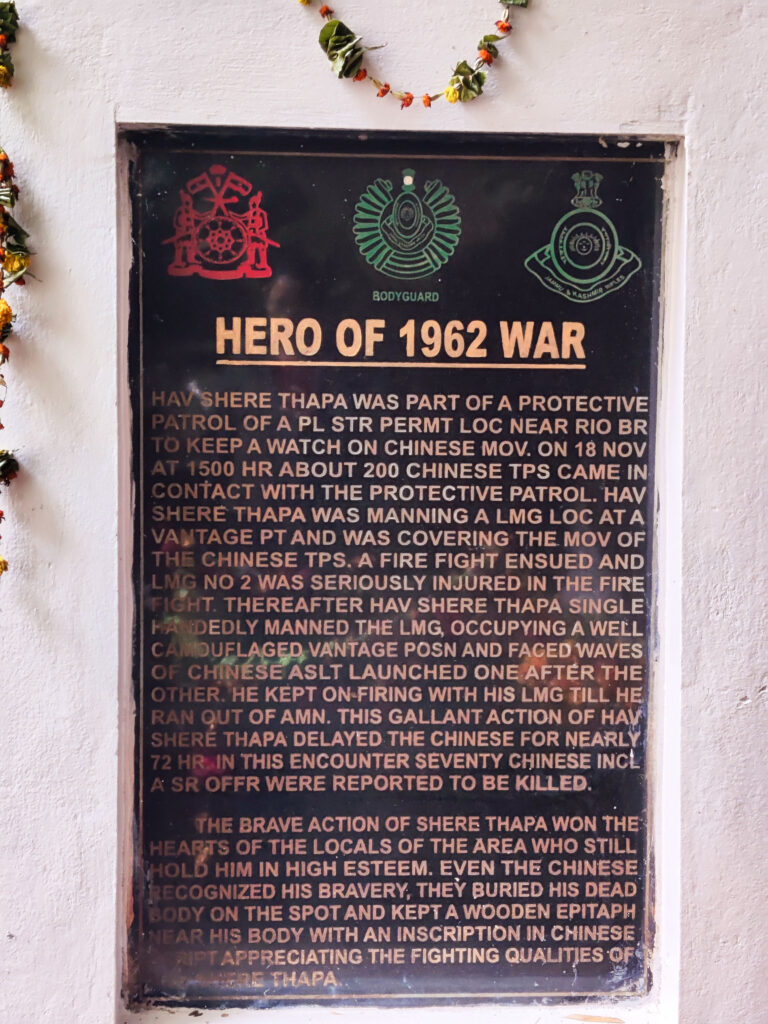
According to reports, on 18 November 1962, the People’s Liberation Army of China launched an offensive in the Subansiri Sector of the erstwhile North-East Frontier Agency (NEFA), today’s Arunachal Pradesh, and approached the area of the protective patrol at about 3 pm. The protective patrol of the 2 JAK RIF troops was established in a rocky outcrop area. As soon as the Chinese came into effective range, the Indian side open-fired. Havildar Thapa’s 2nd Lt Amar Patil, who retired as Colonel, had recalled to the media that the former had taken over the LMG (light machine gun) when Rifleman Inder Singh sustained injuries. As the patrol ran low on ammunition, Subedar Sher Bahadur, the second in command of the patrol, decided to withdraw. “Thapa volunteered to cover the withdrawal of the platoon and relentlessly kept on effectively engaging the Chinese. When the platoon was safely away, he decided to extricate himself but succumbed to the onslaught of the enemies who were coming over their dead soldiers,” Colonel Patil had told the Arunachal Observer. Taking the cover of rocks, Shere Thapa held up the Chinese army for a long time until he ran out of ammunition fell out. As per records, he had single-handedly gunned down 79 Chinese soldiers and injured many others. His actions and the destruction of the Rio bridge had delayed the enemies by about 72 hours. The Chinese radio reported on 19th November 1962 that they had suffered 155 casualties.
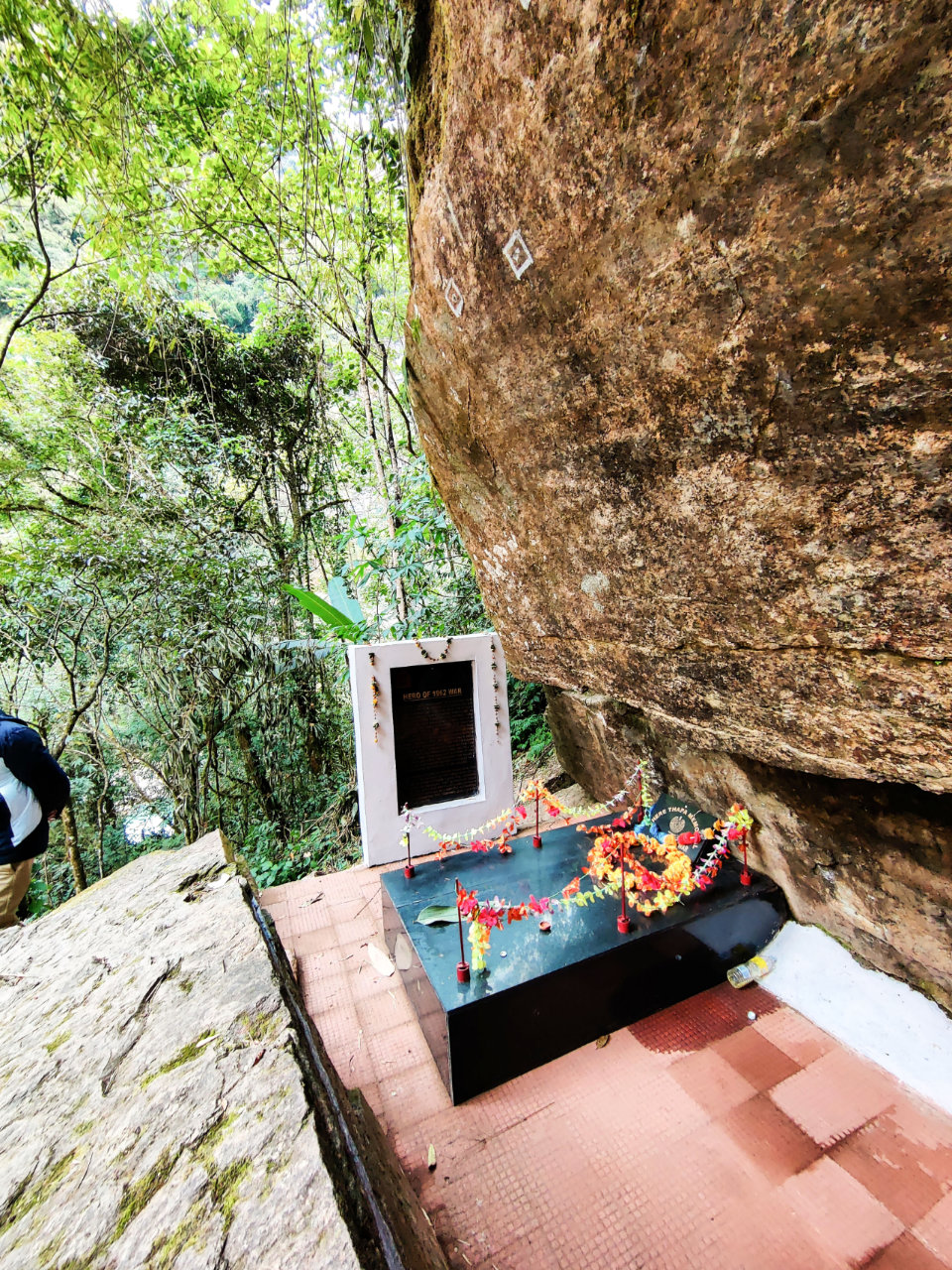
The Chinese army buried Havildar Thapa and erected a wooden plaque commemorating his bravery, who reportedly fought relentlessly without food and sleep for three days. When the People’s Liberation Army withdrew, the locals retrieved his remains and performed his last rites. Visiting the memorial even after 60 years of the war is a wholesome experience.
The 1962 Sino-Indian War
Post-independence India and the People’s Republic of China once shared amicable ties, cemented by the Five Principles of Peaceful Coexistence in 1954, in which India recognised Tibet as a part of China. However, in the same year when Prime Minister Jawaharlal Nehru wrote a memorandum to revise the maps to show definite boundaries on all frontiers, the Chinese version showed about 120,000 square kilometres of Indian territory as its own. On being confronted, the Chinese Premier Zhou Enlai responded it was merely an error on the map. However, the Chinese perception of India as a threat to its rule in Tibet, following the latter’s reception of the Dalai Lama is considered the most prominent reason for the 1962 war.
Amidst a series of conflicts in 1962 between both countries, India realised its lack of preparedness for war causing troops to retreat from disputed areas. India’s deployment of only two divisions of troops in the conflict zone and the presence of three Chinese regiments only solidified India’s belief that war would not be initiated. However, on October 20th, 1962, the Chinese invaded India in Ladakh, and across the McMahon Line in the then NEFA. The month-long war ended on November 21st, when the Chinese unilaterally declared a cease-fire with effect from midnight 21/22 November 1962. By then China had successfully occupied Aksai Chin – a strategic corridor linking Tibet to western China – the NEFA area. According to China’s official military history, the war fulfilled China’s policy objectives of securing borders in its western sector. 1,383 Indian soldiers were killed and around 1,047 wounded in the 1962 war. Besides, 1,696 Indians went missing and over 400 were taken as prisoners of war.
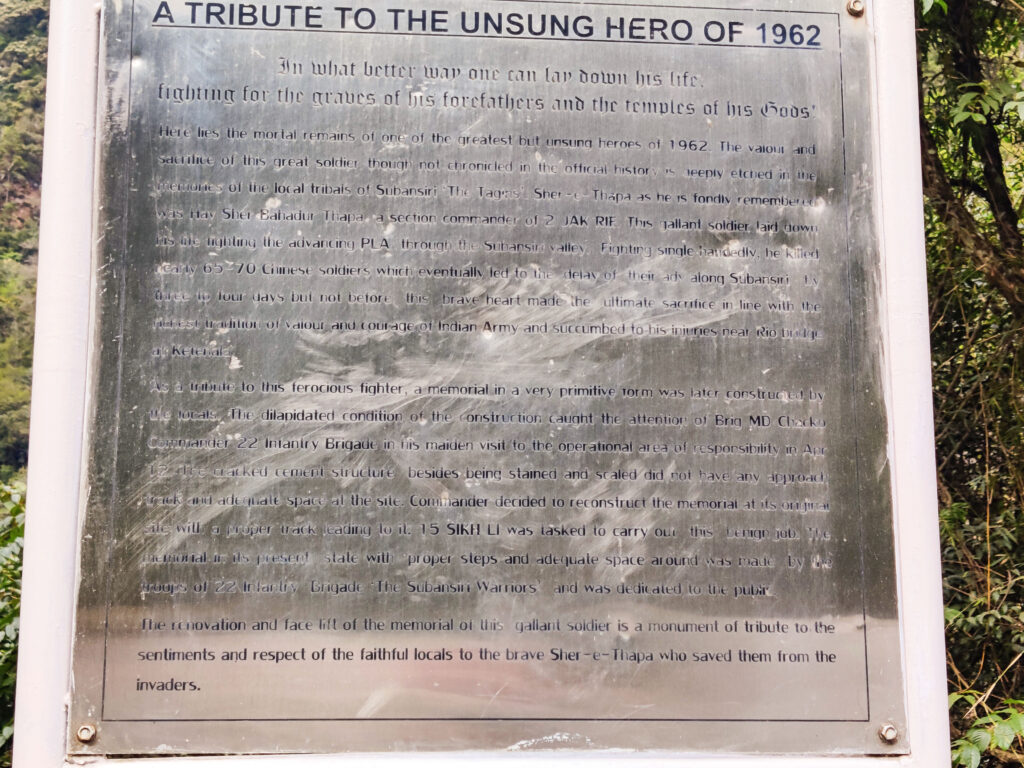
The 1962 war may be remembered as a defeat for India, but there are countless tales of brave heart soldiers who single-handedly gunned down hundreds of Chinese soldiers with valour. Yet some like that of Havildar Shere Thapa, who is revered by the locals as the saviour of the Subansiri districts of today’s Arunachal Pradesh, yet still await recognition from the Centre. While the stories of these martyrs of the 1962 war have been documented by many, the memorials scattered across the hilly terrains of Arunachal Pradesh stand as silent sentinels, preserving the memories of the fearless soldiers and their unwavering patriotism that continue to inspire generations. Embarking on a structured tour of these memorials can be an educational opportunity, in passing on the significance of the Sino-Indian War and a chance to connect with the past and continue to uphold their legacy.

